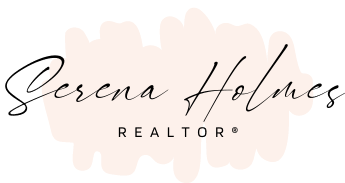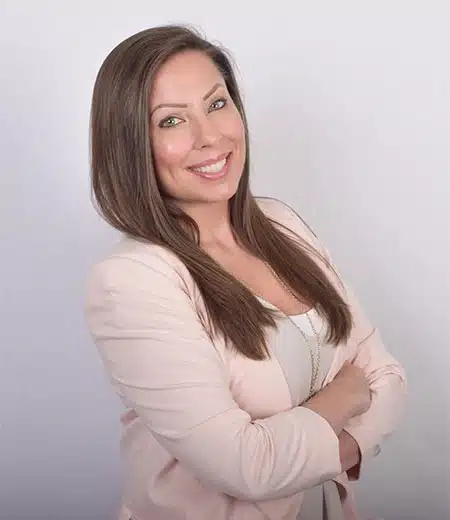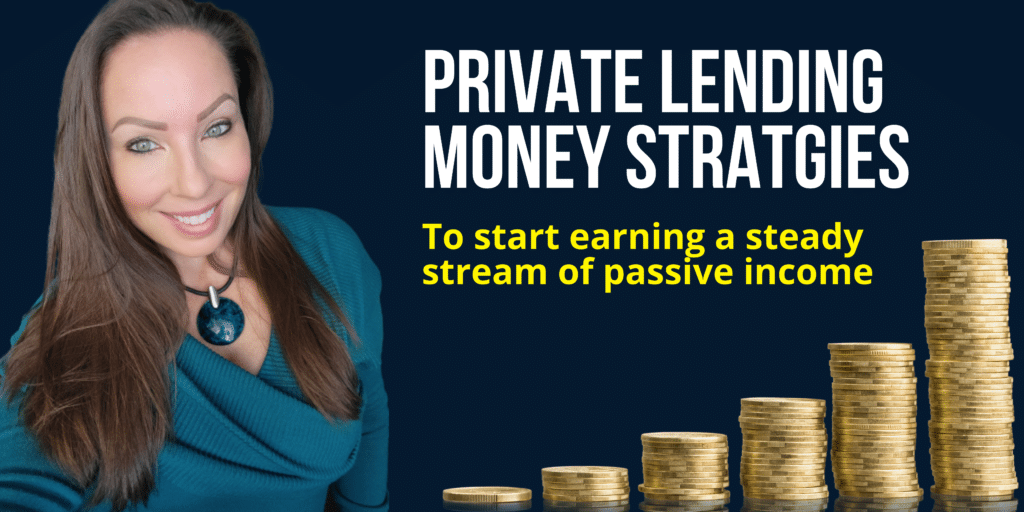
Private lending money is gaining in popularity and interest due to the difficulty some people or companies are experiencing trying to qualify for financing through traditional methods and institutions.
Now, if you’re anything like me five-ish years ago, the sheer idea of leveraging private lending money as an investment strategy would never have crossed my mind.
My real estate investing journey started off with my primary residence in 2007 followed by a short term rental in Florida in 2013. If we’ve ever had the chance to get to know each other (or if you’ve read my book, The Accidental Entrepreneur), you may know that I had a troubled childhood and buying my own home, was a huge goal for me after I started working full-time.
I never really looked at my home as an asset, meaning something that could earn me money. It was more about stability for me.
At this time, I was running my own business, a national event staffing and experiential marketing agency.
About eight years in, I hired a business coach. I had been largely “winging it” up until then and felt I had a lot more to learn. The coach I hired suggested I should use some of the retained earnings in my business to invest with. She told me most businesses keep 3 months of operating costs in the bank while I had enough to cover our expenses for a year and a half.
To avoid paying taxes on the withdrawn funds, she said I could take a short term loan from the company, as long as I paid the business back in full by the end of the following year.
Although I had a healthy downpayment to put towards a rental property, when I started looking into financing, I was disappointed that I really couldn’t qualify for all that much.
It was the end of 2012 and around this time, the Canadian dollar had been par with the U.S. for a little while – and Florida in particular, was still recovering from the crash in 2008. I also had family there.
I decided I would explore my options there for a short-term rental that I could buy for cash. Although I did apply for financing, no Canadian bank would touch me and the one I applied to in the U.S. turned me down.
By borrowing money from my business, a home equity line of credit and some savings, I would be able to buy a property in cash. I went with this plan and bought a 2 bed/2 bath condo overlooking a lake that was situated within a golf course and country club in Fort Myers.

The REALTOR®’s I was using were family friends and told me that the condo would be booked all but 8-9 weeks a year. Unfortunately this wasn’t the case at all. In spite of advertising the property, most people only wanted to rent it from January to March each year. We were only able to book it sporadically at other times throughout the year.
As a result, the property really didn’t cash flow at all (in fact, I generally took a loss each year). To pay it off, I put some money towards my HELOC every month. I also lowered my income a bit from business so I could take a lump sum at the end of each year to pay down the rest of the funds I’d borrowed to buy the property.
After 4 years, I sold the condo and doubled my investment – in part due to the market, but also largely due to the exchange, which was no longer anywhere close to par.
One of my goals had always been “Freedom 35” which to me meant being mortgage free. I decided to use the proceeds to pay off my mortgage at home. Since we’d also gotten our home re-appraised around the same time, my HELOC, and the money I had access to, went up significantly.
I started to fully understand and appreciate the power of passive income and knew I had to learn more to plan out my next move.
My agency started staffing events for a real estate education company. I didn’t know much about what they did but signed up for their wealth tour a few months later. This lead to a conference and then to their membership.
One of the consultants working for them was quite young and talking about all the flips he was working on.
I knew first hand how tricky financing could be so I asked how he was able to afford to do all the work he was talking about.
He said he used “other people’s money”.
Huh!?!?!
In essence, he was using private lending money to facilitate the acquisition of underperforming properties as well as the cost of renovations, then either flipping them or getting them re-appraised and re-financing them after the renos to take the initial investment out while keeping them long-term to rent out (the BRRRR method – buy, renovate, refinance, rent, and repeat).
He was only 23 so I was amazed at the things he was accomplishing.
Shortly after joining the real estate education company, I started to learn more about all of the unique and interesting strategies people were taking advantage of to invest in real estate.
In some cases, people were growing their portfolios significantly with joint venture partnerships. They would offer their time to find and manage a property with others who had money and could qualify for financing, but didn’t have the time or know how to do so.
One couple I met at the first Investor’s Summit literally has hundreds of properties in their portfolio now and they’ve acquired almost all of them with other people’s money.
Sounds kind of crazy, doesn’t it?
Although I was starting to better understand how private money lending was used in the world of real estate investing, it wasn’t until I started doing more of it myself, that I started to understand exactly how powerful and in fact, life changing private lending money and the passive income streams it creates, can really be.
At the first Investor’s Summit I attended in June of 2018, I met a number of various service providers who facilitate real estate transactions. This ranged from pre-construction properties and residential resale to land development, syndicated mortgages and more. I had a plan in mind going into the Summit and I went for it.
I decided to use the extra funds I had saved up in my business to buy two pre-construction properties – a condo in Langley to sell on assignment when it was done and a suited single family home in Edmonton to keep and tenant.
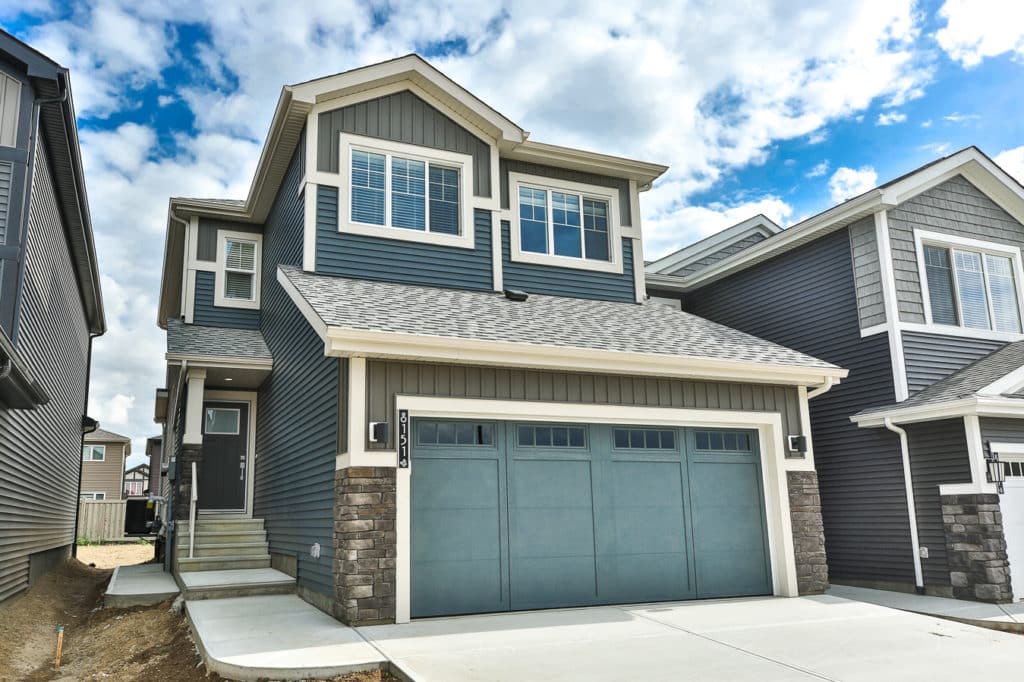
I used the TFSA room I had available for a land development deal projecting 26-27% annualized interest over a 7 year term. This was for a 144-unit townhouse project in Bowmanville, just 30 minutes east of where I live in Pickering.
Lastly, I would use money from my HELOC for private lending money into three syndicated mortgages spanning 12, 18 and 24 month terms. From these, I would be earning about $24,000/yr with consistent monthly payments on the front end with the other half of the interest accruing on the back end, which was to be paid when the projects were done and cashed out.
When I told a friend about the kind of investing I was getting into, she said she had to connect me with a mortgage broker she was friends with. Like me, she was in a service based industry and was trading her time for money.
She said that she had gotten into private lending money and was actually making more doing that than she was from her business.
I was shocked!
And intrigued.
I called the mortgage broker right away and decided I would start off by using $100,000 from my home equity line of credit, which had actually gone up considerably since we’d had our home appraised in 2017.
At the time, we were still living the good life, when interest rates were just 3%.
Shortly after connecting, the mortgage broker presented me with my first deal. It was a principal and interest loan of $45,000. It was for a business owner named Peter who required the private lending money for a project in his company.
This particular loan was set up with P&I (principal and interest payments) with 20% interest over two years. The payments were $2,250/mth which was split between $1,875/principal and $375/mth interest.
Between this and the syndicated mortgages, I was earning about $2,400/mth less my HELOC interest.
As time progressed, I did 5 more private lending money deals the following year, most of them principal and interest structures as well. Although the loans were all unsecured, all of the borrowers owned property so the loan agreements always included an asset as an added layer of security.
I wasn’t a REALTOR® at the time, so my lawyer would review the deals for me to make sure the borrowers were on title for the property detailed in the contract. He would also look up property to make sure the borrower had enough equity to cover the loan should anything go wrong.
As time has passed, I’ve also learned since then to ask for the borrowers personal identification and proof of insurance (home owners and potentially building insurance if they are rehabbing a property) as part of my due diligence process. You also want to fully understand the contract and the exit strategy, which is especially important on an interest only loan.
From a personal standpoint, at this time in my life, my husband and I were also trying to start a family and early into 2019, I got pregnant with our first child.
I wanted to make sure I had enough money in my business when I had to take a step back. I was making enough from the private lending money that I cut my salary from my company by about 50%.
At the end of that year, we welcomed our daughter into our family.
Then, just over 3 months later, COVID hit.
The majority of the world went into lockdown and for the first time in sixteen years, my company came to a complete standstill.
To err on the side of caution, I cut my entire head office team back to just 1 person. And truth be told, if I didn’t have an infant, it wouldn’t have made sense to keep her either – but since I did, I wanted to make sure I still had some support when things began to turn around.
I approached this from the position that I wanted to save as much money as possible so we’d still have a company to come back to. There was so much uncertainty happening in the world during this time and there was no way anyone could know how long this was going to go on for.
I cut as many expenses as possible, but the biggest one, aside from my final employee, was our rent. Our landlord gave me a concession by cutting it back and redistributing the balance among the remainder of the lease outside of 6 months.
The government introduced a wage subsidy, which helped cover a percentage of my employee’s salary and towards the end of that summer, our landlord finally applied for the rent subsidy.
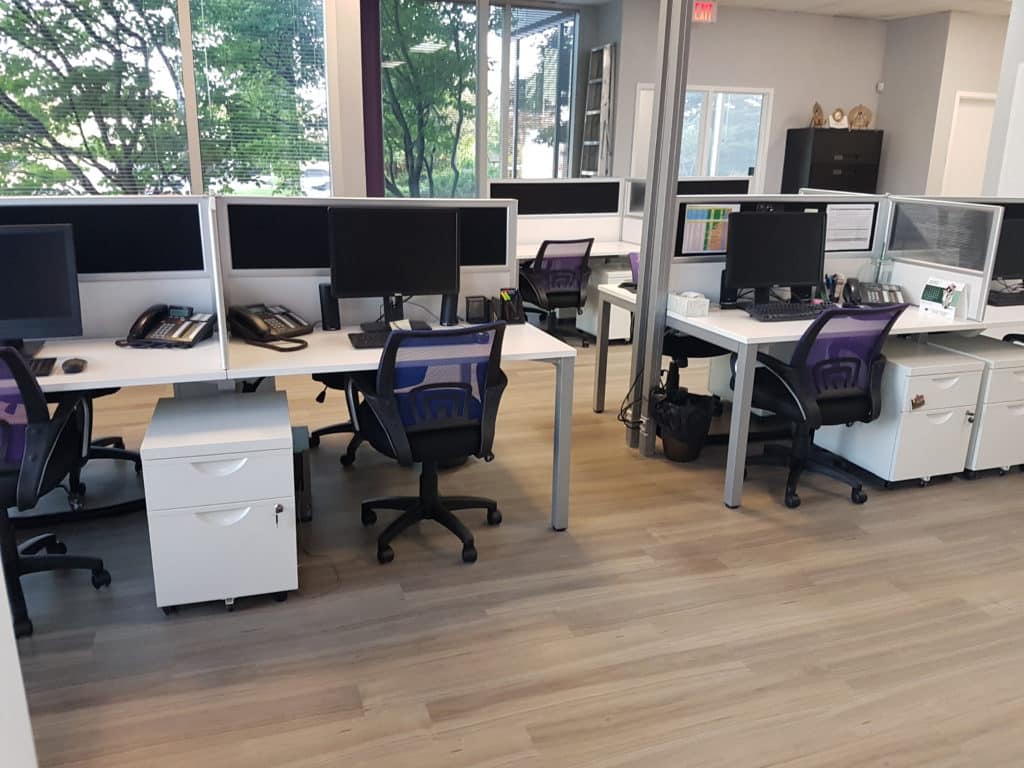
As luck would have it, another tenant saw our office sitting empty day after day and offered to take over our lease, which coincided with me asking to get out of it for the second time. I had 3 weeks to pack up our office for them to take over. We also came to an agreement that they would buy all of our office furniture for 50% of what we’d paid for it so that was one less thing for me to worry about.
It was hard to see the business I’d worked so hard to build crumble around me. Our sales literally dropped by 90% from the year before and there was no way for us really to pivot into anything virtual the way some agencies did.
But looking back, it could’ve been SO much worse if I’d been depending on taking money out of my business to support my family and my personal expenses.
Thankfully, I didn’t have to depend on this however because of the private money lending I had on the go.
Over the next couple years, I leant money out to a dozen more borrowers with the total amounts and interest ranging, but consistently earning me enough that I didn’t really have to ‘worry’ about money or how to pay my bills.
At the beginning of 2022, I decided to expand my portfolio of private lending money and reached out to the investors community I’m a part of.
A woman reached out to me and told me she’d sold all of her rental properties because the cash flow from private lending is simply so much better. She gave me a list of people she’d worked with and I got to work setting up calls with them.
Throughout 2022, I set up another 26 private lending money deals bringing the total number all the way up to 50. My income more than doubled compared to what I’d ever taken out of my agency.
I made more, but I’d never worked less.
If you’re reading this article, you also know that I am a REALTOR® now.
I signed up for my license just a few months after COVID hit because I had an interest and passion for the industry. It was also complimentary to all of the investing I was doing on the sidelines.
My daughter was only 18 months old when I completed the program however and knowing we wouldn’t be having any more children, I really and truly wanted to take as much time as I could with her while she was small. We didn’t put her into daycare until she was almost 2 and even then, it was only part-time. We didn’t bump her to full-time until she was almost 3.
I “officially” kicked off my career as a REALTOR® at the beginning of 2022 and sold my agency around the same time, but I was only able to dedicate 15-20 hours a week on it. I serviced a few clients and also supported another REALTOR® at my brokerage with several of his clients.
As the warmer weather approached however, I decided to take the summer off to spend it with my family before our daughter transitioned to daycare full-time.
None of this would’ve been remotely possible if I hadn’t started private money lending.
Throughout 2022, I was able to establish 16 different sources of income across close to 30 private lending money deals.
I enjoy working and I LOVE helping others. It really gives me a sense of fulfillment and purpose in my life; but, it’s reallyyyy nice to know that I’m able to work when I want to and with who I want to, not because I have to.
The concept of private lending money was completely foreign to me as little as 5 years ago. And it’s not surprising that this is not something most people are generally aware of.
But they should be.
Last fall, I signed up for a real estate investing mastermind for a small group of 65 investors who are focused on multi-million dollar acquisitions in multi-family and land development, long and short term rentals and so much more.
I had intended to buy another property over the summer, but with interest rates rising and property values falling, I decided instead to dump most of my downpayment into private lending money deals for a year to take the time to learn more and decide what my next course of action should be.
Due to the circumstances in my personal life and since I was still running my agency when all of this started, passive income made the most sense for me then and now. In contrast, 99% of the members in this mastermind are all very actively working on projects and to scale up, they are relying on private lending money to facilitate their transactions. In fact, prior to joining this mastermind, I’d already invested with some of them, but since they live across the country, I never had the chance to meet them until recently.
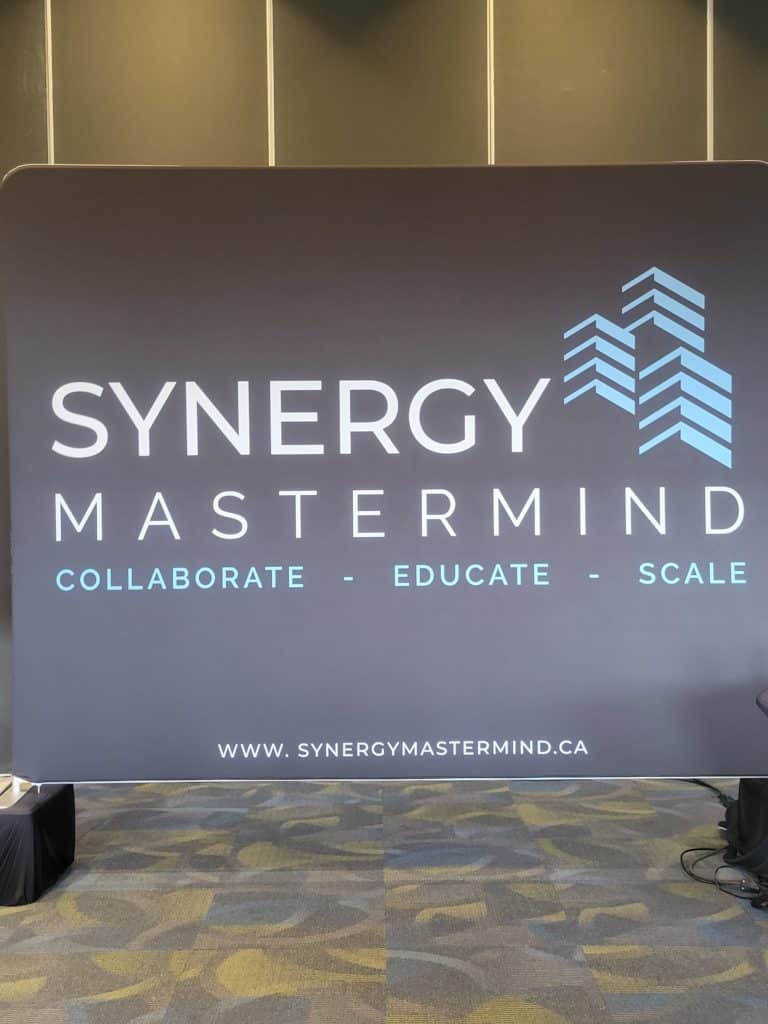
One of the companies in the group is raising funds for a few projects right now – and they are not only offering some of the best returns I’ve seen, they are also offered secured loans in a GP/LP (general partner/limited partner) structure. You can use cash OR registered funds (e.g. an RRSP or TFSA), the latter of which is not always accepted by some people or companies because of the regulation and compliance required to accept registered funds.
I’m using this opportunity to invest the remaining TFSA contribution room that I have available bringing me to my 56th deal in just under 5 years.
If your money isn’t working hard enough for you, whether this is with higher returns on your RRSP or TFSA that you plan to use later on, or by offering great monthly interest payments to supplement your income, then this needs to be on your radar.
I don’t share any of this to impress you, rather to impress upon you what kinds of opportunities exist.
Private lending money investments completely changed my life. Are you ready to change yours?
I also elaborate on this journey as a real estate investor in my book, The Accidental Entrepreneur.
Disclaimer: The information provided in this article is for general information purposes only and doesn’t constitute investment or professional advice or an offering of securities. I do not make any representation as to the security or performance of any particular investment. You are responsible for conducting your own review, analysis, and investigation of any prospects. Before making any investment, you should obtain independent legal, accounting, and/or tax advice from licensed professionals. By reading this disclaimer, you acknowledge, agree, and confirm that you shall indemnify and save Serena Holmes, REALTOR® from any loss, claim, injury, damage, or cause of action. You acknowledge and agree that the terms of this disclaimer are binding and waive any rights you feel you may have to such claims as noted above.

